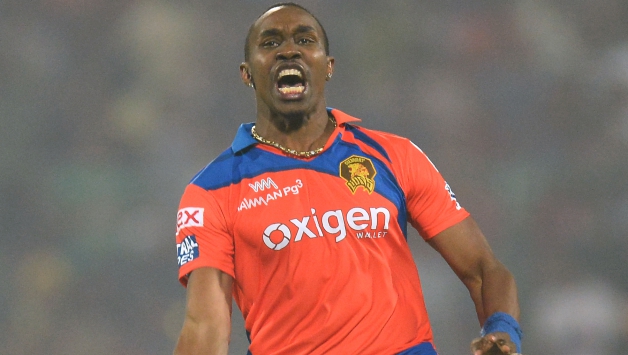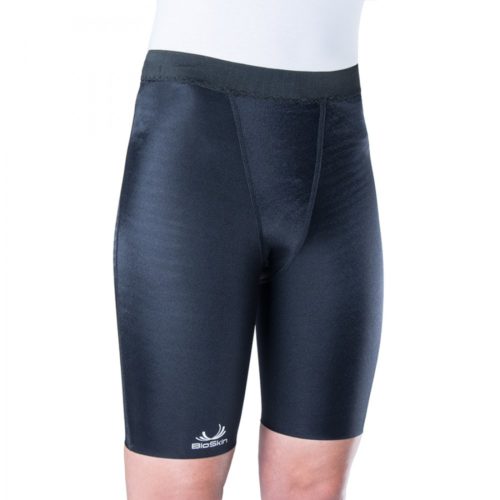Our Blog
Home  Blog
Blog
 Blog
Blog
 Blog
Blog
The hamstring comprises of three m posterior thigh muscles are called the semitendinosus, semimembranosus and the biceps femoris. Above they attach to the ischium (Bone on which we sit) and at the lower end long bones of the lower leg ,below the back of the knee. These hamstring muscles are involved in knee and hip bending and play crucial roles in most daily activities including running, jumping and climbing.
GRADES OF HAMSTRING INJURY
An injury of the hamstring muscles is a strain (pull) or tear to one of the above three muscles or their tendons.
There are three grades of injury:
Grade 1: A mild pull or strain that should not interfere with walking but will stop a patient from running at full speed.
Grade 2: A partial muscle tear will cause the patient to limp, there will be swelling and sudden painful twinges.
Grade 3: A complete tear will lead to severe pain to the extent that the patient may need crutches, there will be immediate swelling and bruising evident within 24 hours

Star all rounder Dwayne Bravo suffered an injury to his left hamstring in Melbourne Renegades’ BBL fixture against Perth Scorchers. See the video below.
Hamstring injury can happen when these structures are stretched beyond their natural limit in an individual patient. Commonest circumstances of damage is during fast explosive movements or during poorly timed intermuscular coordination.
This can happen to both amateurs and professionals alike and is common in football, with the following video showing Michael Owen pulling is hamstring mid game and his subsequent reaction.
A slight pull may feel like a tightness or aching, whereas a more severe injury may be accompanied by extreme pain in the area of the Thigh behind, with immediate swelling and some bruising. Improving flexibility through the use of stretching exercises is an excellent way to protect against hamstring damage. Unfortunately, once a hamstring injury has taken place, it is a good indicator of future injury in this area, and it may remain as a weakness throughout life.
Treatment aims at returning to play.On a muscular level, this includes encouraging the growth and moulding of scar tissue to match the surrounding muscle as closely as possible, so that they work in synchrony, as effectively as possible.
First 5 days are considered acute phase.There are many routes of treatment for a pulled hamstring, but the initial treatment is the same for any grade of injury. Firstly, the most important action is to stop what you are doing, as any further stress at this stage could cause further injury. It is important not to push through the pain! Immediately, the acronym RICE should come into play, this stands for rest, ice, compression and elevation.
The leg should be rested by keeping it as immobile as possible, and eliminating any movements that cause pain over the first few days.
Packs of ice wrapped in a towel should be applied to the affected area as soon as possible, initially for 15 to 20 minutes, then for similar periods every 2 to 3 hours after that.
Compression can be applied in the form of a brace, typically compression shorts which will help to counteract any inflammation and as a byproduct offer a degree of pain relief. Their main purpose is to support the muscle and reduce muscle vibration when active which makes the muscle more efficient and less susceptible to injury.

Elevation of the injury above the heart, or at least to the same level, will help control swelling and slow down the initial internal bleeding. Obviously this needs to be practical, so common sense should be applied too.
Once these initial treatments have taken place, the injury should be assessed by a physiotherapist to determine the extent of the damage. This will be determined initially by noting a reduction in flexibility, tenderness and any palpable changes such as lumps or gaps.
If there is significant pain in the hamstring muscles following injury, then painkillers may be used from the early stages. These include analgesics such as paracetamol or codeine, non-steroidal anti-inflammatory drugs that reduce pain by controlling inflammation, such as ibuprofen, and muscle relaxants. At this early stage, crutches may be needed to aid mobility.
Research has shown that early treatment has many benefits, including quicker pain relief, improving the quality of scar tissue, a faster healing rate and therefore a quicker return to full mobility, and easier correction of biomechanical faults that may be contributing to the injury.
If left untreated, the patient is more likely to experience lingering pain, the formation of abnormal scar tissue, joint stiffness, lower levels of flexibility and muscular weakness in the affected area.
Surgical intervention are rarely needed for hamstring injuries.
This takes place throughout the subacute phase of between 5 days and 3 weeks, and during this time the aim is to start increasing the range of motion and begin strengthening exercises.
Electrotherapy, such as ultrasound, can be applied after 24 hours, for the first week. At the same time, ice treatment should be continued. Then, from the second week, alternate heat and cold should be introduced. Heat encourages bleeding so it should not be used in the early stages. However, at later stages, it will encourage blood flow and healing. Heat also helps with muscle relaxation, which in turn can help with pain relief. Heat wheat packs are ideal for home use.
Light sports massages may be started about 5 days after the injury, as, due to bleeding, the leg can be extremely sore. The length and intensity of the massage session can be gradually increased to model the scar tissue that starts to develop after 2 or 3 days.
Once the pulled hamstring has settled during the initial recovery period, the re-modelling phase may start, which aims to return strength and flexibility to the injured region. Readiness to start the re-modelling phase can be determined by the ability to perform isometric exercises at 100% effort without experiencing pain. Levels of weight bearing can be slowly increased at this stage. Subsequent stages include isotonic and then isokinetic exercises before introducing eccentric strengthening exercises to the hamstring muscles. When the injured leg comes to within 10% of the ability of the unaffected leg, the patient can move slowly on to more aggressive therapy.
It is important not to start exercise too quickly, as there is an extremely high rate of hamstring re-injury following poor rehabilitation.
Finally, the functional stage extends from around 2 weeks to 6 months after injury, during which the patient should not favour the injured leg and should be able to walk at a fast rate for 20 to 30 minutes. When this is comfortably achieved, short periods of jogging can be introduced, followed by more sport specific exercises, until the patient can return to normal play or level of exercise.
This website uses cookies: By continuing to browse this site you accept this policy.
4 comments. Leave new
Simple and to the point.
Thats how I like it….Thanks….
Very informative video with amazing videos sir.
Thanks Dr.Bindesh….